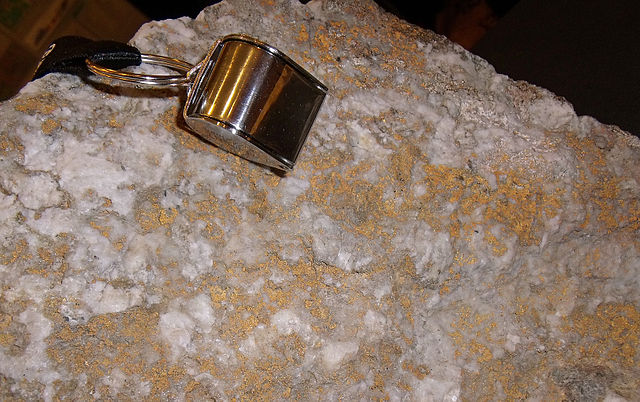The Klondike Gold Rush was a migration by an estimated 100,000 prospectors to the Klondike region of Yukon, in north-western Canada, between 1896 and 1899. Gold was discovered there by local miners on August 16, 1896; when news reached Seattle and San Francisco the following year, it triggered a stampede of prospectors. Some became wealthy, but the majority went in vain. It has been immortalized in films, literature, and photographs.
Prospectors ascending Chilkoot Pass, 1898
Klondikers buying miner's licences at the Custom House in Victoria, BC, on February 12, 1898
SS Islander leaving Vancouver, bound for Skagway, 1897
The S/S Excelsior leaves San Francisco on July 28, 1897, for the Klondike.
Prospecting is the first stage of the geological analysis of a territory. It is the search for minerals, fossils, precious metals, or mineral specimens. It is also known as fossicking.
Prospector and burro, western Colorado, USA, c. 1900
Schoolchildren learn to pan for gold, Denver, 1972
Rich specimen from a 2009 gold discovery by a prospector in southeastern Yukon Territory. The gold, deposited along a fracture, appears rusty-orange in this photo.
Example of a prospecting pickaxe.








